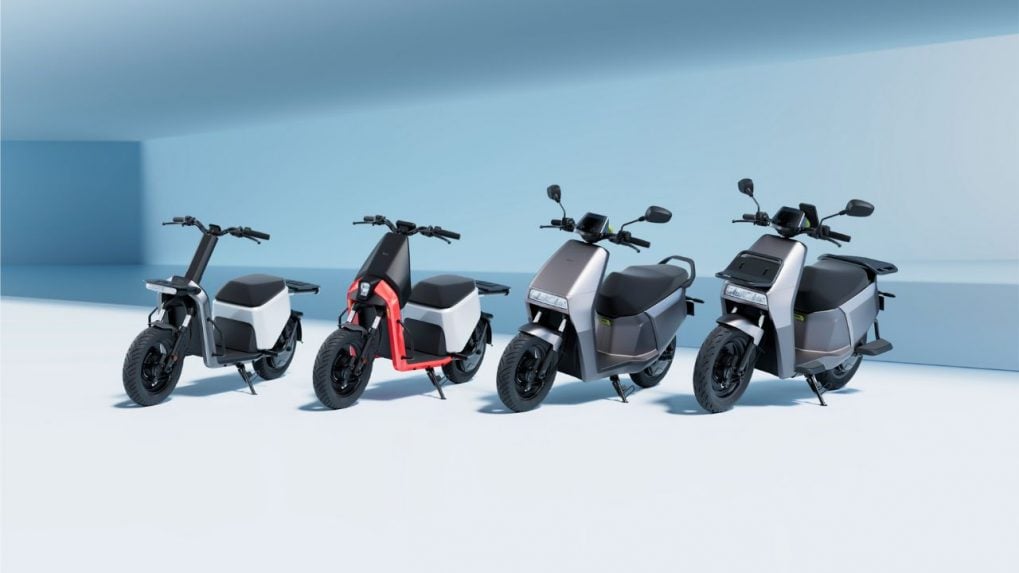Ola Electric launches Gen 3 S1 scooters with prices starting at Rs 79,999
Ola Electric will continue selling its Gen 2 scooters at discounts of up to Rs 35,000, with prices starting from Rs 69,999 for the S1 X (2kWh) and up to Rs 1,14,999 for the S1 Pro.
ADVERTISEMENT
Ola Electric has launched its S1 Gen 3 portfolio, marking a major leap forward in the electric vehicle (EV) space with cutting-edge technology and performance enhancements. The new generation, built on the advanced Gen 3 platform, offers prices starting at Rs 79,999 for the S1 X (2kWh) and going up to Rs 1,69,999 for the flagship S1 Pro+ 5.3kWh.
The Gen 3 portfolio is headlined by the S1 Pro+ 5.3kWh with the 4680 Bharat Cell, priced at Rs 1,69,999, and the 4kWh variant at Rs 1,54,999. The S1 Pro comes in 4kWh and 3kWh battery variants, priced at Rs 1,34,999 and Rs 1,14,999, respectively. The S1 X range starts at Rs 79,999 for the 2kWh model, Rs 89,999 for the 3kWh, and Rs 99,999 for the 4kWh variant. The S1 X+ (4kWh battery) is priced at Rs 1,07,999.
In addition to the new Gen 3 models, Ola Electric will continue selling its Gen 2 scooters at discounts of up to Rs 35,000, with prices starting from Rs 69,999 for the S1 X (2kWh) and up to Rs 1,14,999 for the S1 Pro.
The Gen 3 platform introduces a significant boost in performance, offering a 20% increase in peak power, an 11% cost reduction, and a 20% improvement in range over the Gen 2 scooters. This platform also features the category-first dual ABS (Anti-lock Braking System) and patented brake-by-wire technology, enhancing safety, control, and braking efficiency by 15%, improving both energy recovery and overall performance.
Bhavish Aggarwal, Chairman & Managing Director of Ola Electric, shared his vision: “With our first generation, we offered customers an aspirational electric scooter that kickstarted the EV revolution in India. Gen 2 made scooters smarter and more accessible. Now, with Gen 3, we are setting new benchmarks, taking the EV 2W industry to the next level.”
The new portfolio comes with a warranty of 3 years or 40,000 km for both the scooter and battery, with an option to extend the battery warranty up to 8 years or 1,25,000 km for Rs 14,999.
In other announcements, Ola Electric introduced its Gig and S1 Z scooter range, available at an introductory price starting from Rs 39,999. Deliveries for the Gig series will begin in April 2025, and the S1 Z series will follow in May 2025. The company also unveiled its Roadster motorcycle series, which offers several industry-first features, with prices ranging from Rs 74,999 to Rs 1,99,999.

